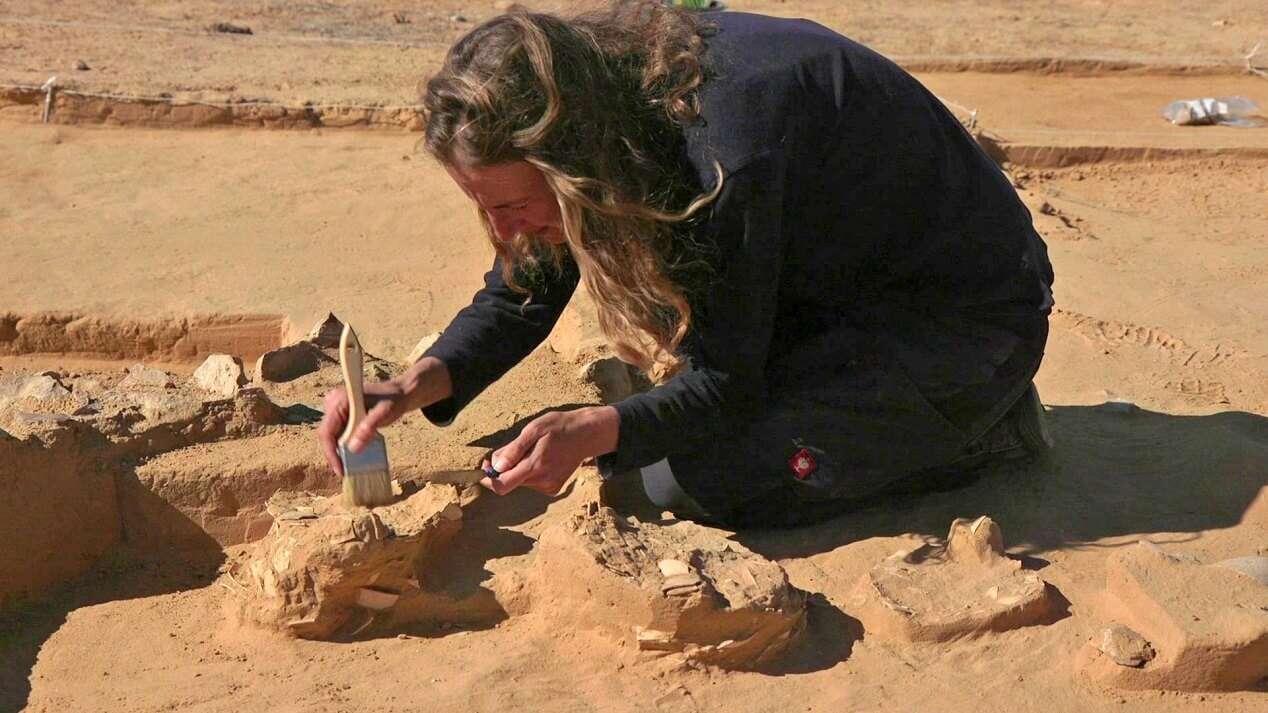A study recently published in the popular science magazine Science Advances found evidence that the Mayan calendar may be older than previously thought.
Researchers Ivan Šprajc, from the Institute for Anthropological and Spatial Studies of Slovenia; Takeshi Inomata, from the University of Arizona; and Anthony F. Aveni of Colgate University in New York discovered that several Mesoamerican structures were built based on a specific solar orientation, coinciding with sunrises on specific dates.
By analyzing the characteristics and alignment of the complexes, which date from between 1,100 and 750 BC, the specialists found that the monuments present patterns that coincide with the 260 days, 13 numbers and 20 symbols used by the Mayan calendar to measure time. Which would mean that the cholq’ij, as they say ‘order of days’ in Maya, would be at least 3,000 years old.
Last year, researchers from the University of Texas reported of the discovery of vestiges of a Mayan calendar of at least 2,000 years old in an excavation at the archaeological site of San Bartolo, in southwestern Guatemala.
Archaeologists in Guatemala have discovered the oldest known evidence of the Maya calendar. It’s important because it’s one of the few aspects of Mayan culture that actually survived the Spanish: it’s still in use today. pic.twitter.com/tsnvfof4PW
—Dr Sam Willis (@DrSamWillis) April 17, 2022
However, the new discoveries would push back another millennium from the date predicted by researchers at the University of Texas, which until now was considered the oldest.
According to Professor David Stuart, who discovered the vestiges at San Bartolo, the new results present “good, solid evidence that the Mayan calendar had its origins.” long before we had the actual written evidence“, Indian the expert to Science.
The details of the find
In late 2021, Takeshi Inomata published the largest laser imaging detection and ranging archaeological survey to date, known as LiDAR 3D.
The scanner allows to find vestiges and map places thanks to hundreds of flashes of lightwhich are collected and reconstructed as three-dimensional maps.
Back then, Inomata analyzed areas of the southern coast of the Gulf of Mexico, where he found 478 Mesoamerican monuments, most of them unexplored.
Intrigued by the find, Šprajc contacted Professor Inomata, with the intention of collaborating in the study of 415 of the structures found.
After months of study, the experts – in collaboration with Anthony F. Aveni – discovered that in most cases, the orientation of the complexes was linked to sunrises on specific dates and that in 90% of the structures there were points of architectural reference, which allowed to locate the sunrises with February 11 and October 29 of the Gregorian calendar, whose spacing range is adjusted to 260 days of the Mayan calendar.
“The oldest of these complexes dates to around 1100 BC, at a time known as the Formative period, suggesting that the 260-day calendar is at least as old,” explains the Science publication.
“L’étude par lidar de complexes architecturaux dissimulés sous la végétation offered des précisions sur le calendrier de 260 jours.”
Sprajc et al. (2023). Origins of Mesoamerican astronomy and calendar: Evidence from the Olmec and Maya regions. HS 9 (1)https://t.co/YaHsSlMMWN https://t.co/LWNhmdomE3 pic.twitter.com/VYlCeuHaHi
— Galo Carrera (@GaloCarreraH) January 10, 2023
the ancient mayans based on the alignment of the starsthe architectural characteristics of the buildings and other natural reference points to be able to construct the temporary measurement instruments.
Other of the monuments studied by the researchers also presented regular patterns. In some cases, the orientation of the complexes coincided with sunrises with intervals of 130 days, that is, half of the Mayan calendar. While others presented spaces of 13 or 20 days, such as the number of numbers and symbols used by the cholq’ij.
Other structures were built following the orientation of the cycles of Venus and the Moon, associated with the rainy season and the cultivation of maize, while in other cases it was not possible to identify a reference.
“What fascinates me,” Professor Stuart told Science, “is that there is this regularity and a constant pattern (…) from the beginning and last for centuries throughout the history of Mayan architecture”.
The oldest structures studied by the researchers date back to the time when the Mesoamerican population was transitioning from a hunter-gatherer lifestyle to an agricultural one, Ivan Šprajc explained to the American media.
At that time, the cultivation of maize was barely gaining relevance among civilizations, so the 260-day calendar could have been useful to indicate when certain resources would be abundant, asserted the Slovenian researcher, who believes that the cholq’ij is closely related to the growth cycle of that plant.















